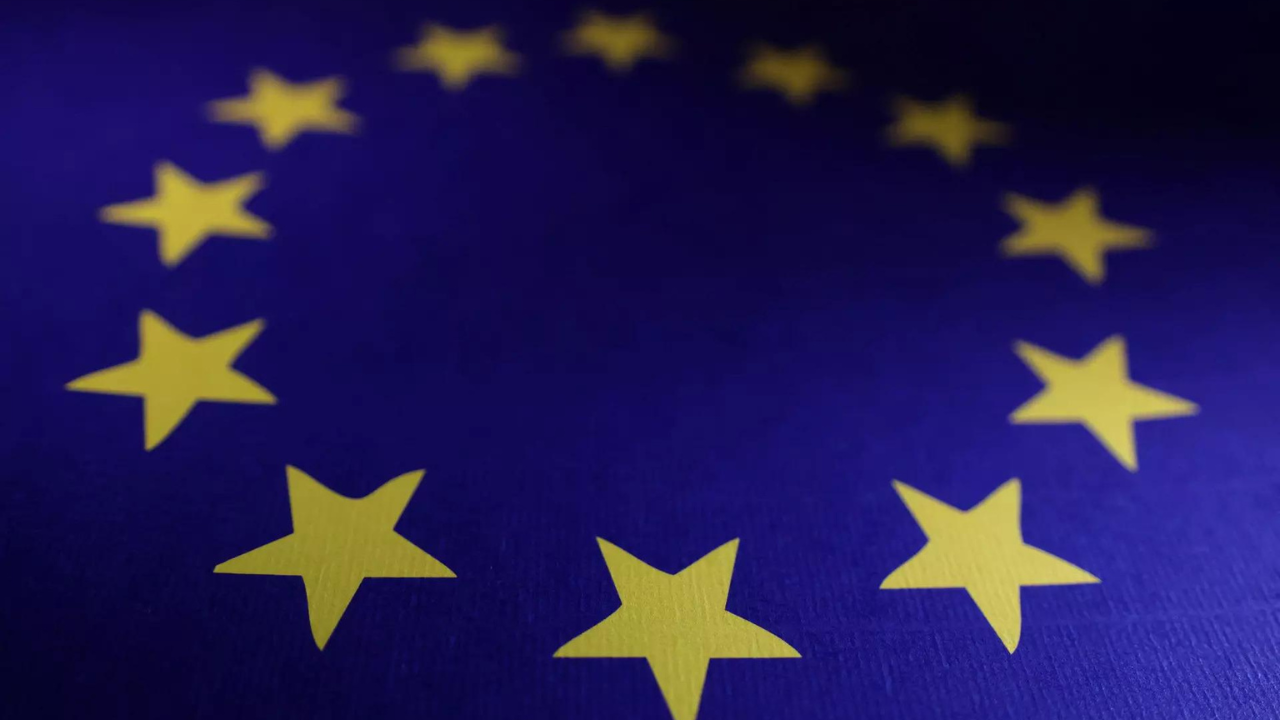BRUSSELS: European Union countries will ask Brussels to find ways to increase funding for power grids as concerns mount that ageing electricity infrastructure could hamper Europe’s green goals, a draft document showed.
Europe’s plans to shift to clean energy will require a huge expansion of power grids, transforming the network to connect consumers to massive new offshore wind farms, fleets of local solar panels, and the installation of millions of charging stations for electric vehicles.
EU countries will ask the European Commission to assess how current EU funds are available for power grids compared with the far bigger actual investment needs and produce guidance on how to use more EU funds for grid projects, according to draft conclusions for a meeting of EU energy ministers on May 30.
The conclusions, seen by Reuters, said the Commission should then “look for ways to increase overall financing for electricity grid infrastructure”.
The document called on the European Investment Bank to also strengthen its support for power grid projects, including by de-risking projects to help attract private finance.
Current investments in grids lag far behind the 584 billion euros per year the EU says are needed to meet green goals.
The EU added dozens of power grid projects last year to a list of schemes eligible for fast-tracked permits and certain EU funds.
Kristian Ruby, secretary general of industry group Eurelectric, said more needed to be done to speed up investments and avoid a situation where newly-built green energy projects have to wait years to be connected to ailing power networks.
“We need to make sure that there is an active incentive for the grid operators to make use of public funds,” he said.
More than 35,000 power plants requested new connections to Austria’s power grid in 2022, for example—more than three times the number received in 2021, with most requests coming from solar plants.
Diplomats said one issue proving particularly difficult among EU governments was how they should share the costs of massive new power projects, such as offshore wind farms, designed to feed electricity to multiple countries.
Europe’s plans to shift to clean energy will require a huge expansion of power grids, transforming the network to connect consumers to massive new offshore wind farms, fleets of local solar panels, and the installation of millions of charging stations for electric vehicles.
EU countries will ask the European Commission to assess how current EU funds are available for power grids compared with the far bigger actual investment needs and produce guidance on how to use more EU funds for grid projects, according to draft conclusions for a meeting of EU energy ministers on May 30.
The conclusions, seen by Reuters, said the Commission should then “look for ways to increase overall financing for electricity grid infrastructure”.
The document called on the European Investment Bank to also strengthen its support for power grid projects, including by de-risking projects to help attract private finance.
Current investments in grids lag far behind the 584 billion euros per year the EU says are needed to meet green goals.
The EU added dozens of power grid projects last year to a list of schemes eligible for fast-tracked permits and certain EU funds.
Kristian Ruby, secretary general of industry group Eurelectric, said more needed to be done to speed up investments and avoid a situation where newly-built green energy projects have to wait years to be connected to ailing power networks.
“We need to make sure that there is an active incentive for the grid operators to make use of public funds,” he said.
More than 35,000 power plants requested new connections to Austria’s power grid in 2022, for example—more than three times the number received in 2021, with most requests coming from solar plants.
Diplomats said one issue proving particularly difficult among EU governments was how they should share the costs of massive new power projects, such as offshore wind farms, designed to feed electricity to multiple countries.

